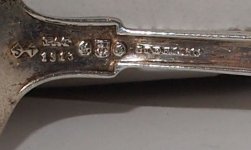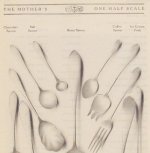Holt0222
Hero Member
Found these at the local thrift store today. I know that the set is not sterling but I picked it up anyways.
4 sterling pieces, 2 pieces made in Norway.
I do need help deciphering the marks though if anyone could be so kind.
1. Looks like it could be a Gorham Sterling Spoon.
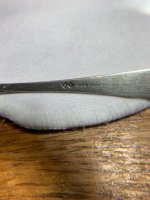
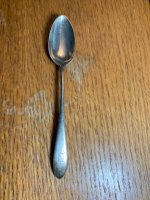
2. Could also be a Gotham Sterling Spoon.
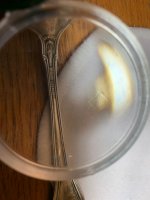
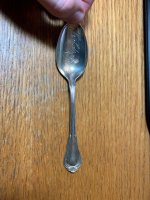
3. I think is a Mount Vernon Lunt Spoon.
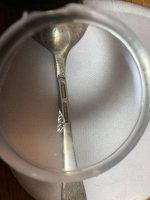
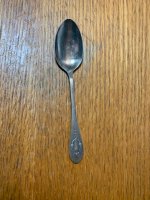
4. Norwegian Kings Cross Silver plated set.
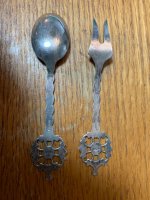
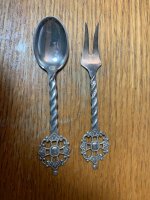
4 sterling pieces, 2 pieces made in Norway.
I do need help deciphering the marks though if anyone could be so kind.
1. Looks like it could be a Gorham Sterling Spoon.


2. Could also be a Gotham Sterling Spoon.


3. I think is a Mount Vernon Lunt Spoon.


4. Norwegian Kings Cross Silver plated set.


Last edited:


